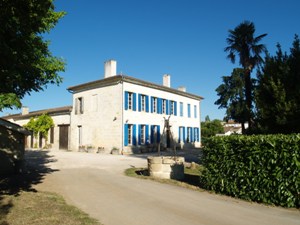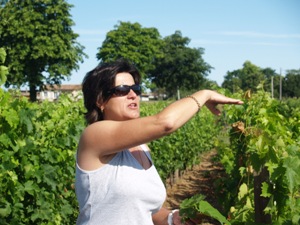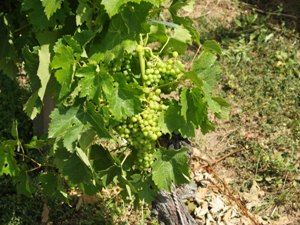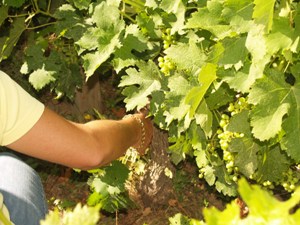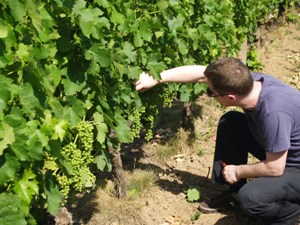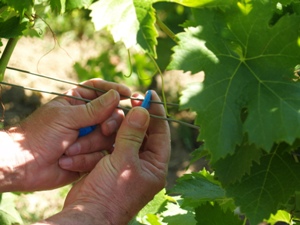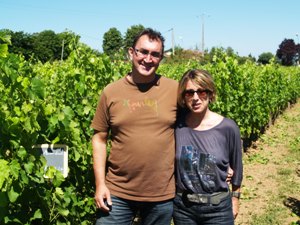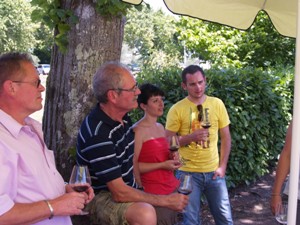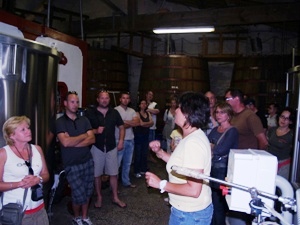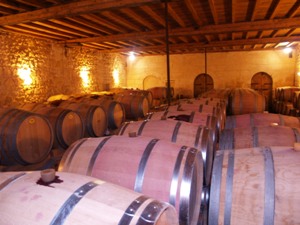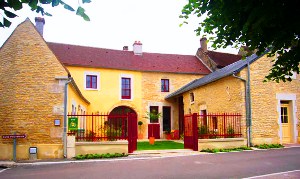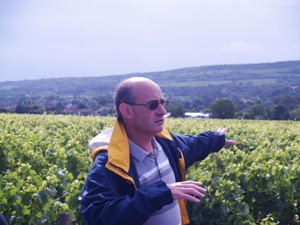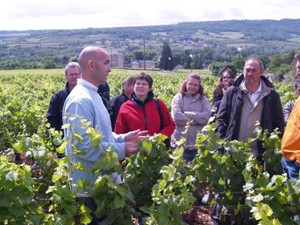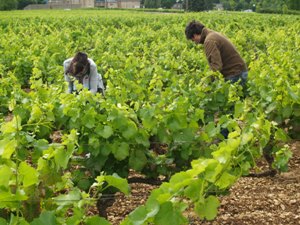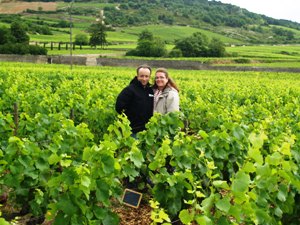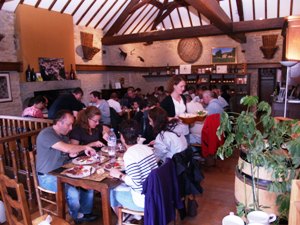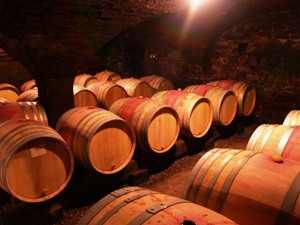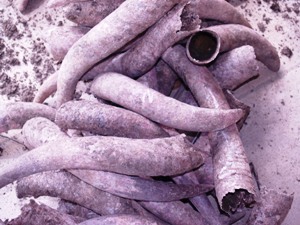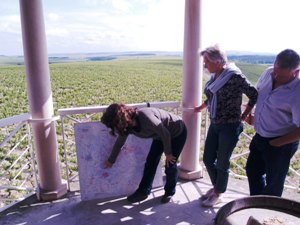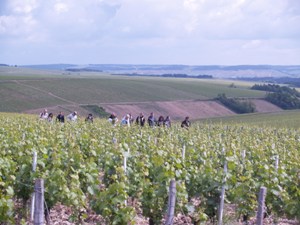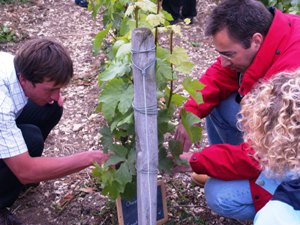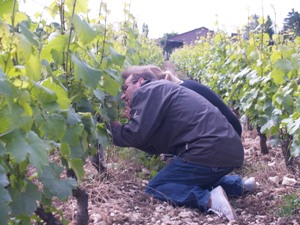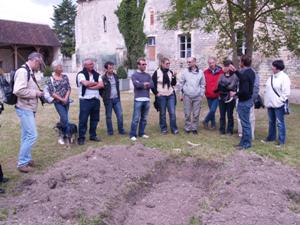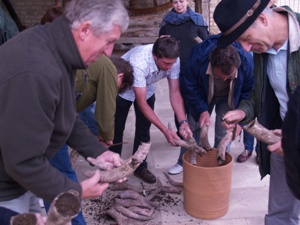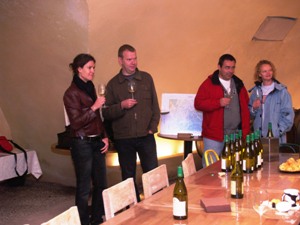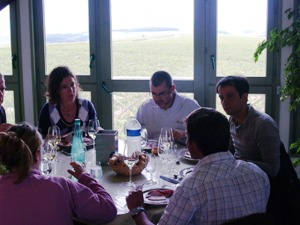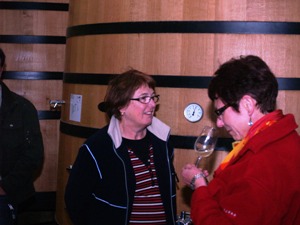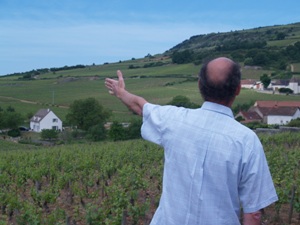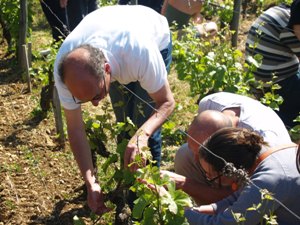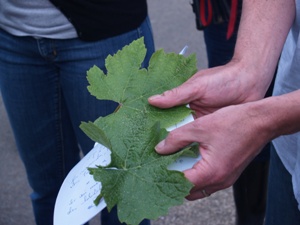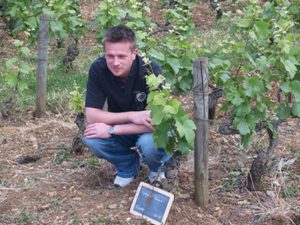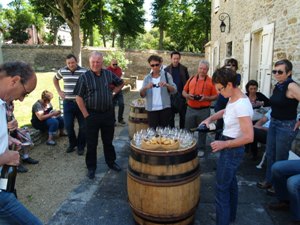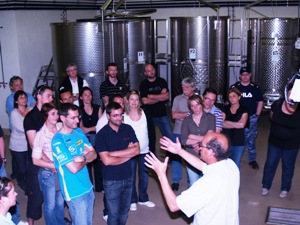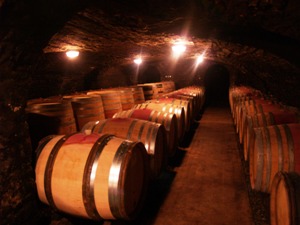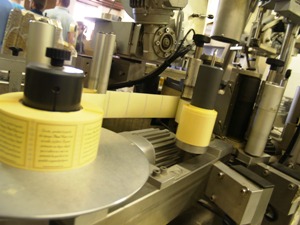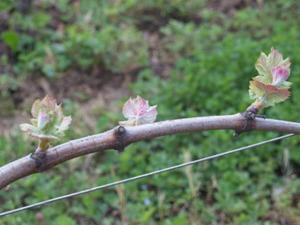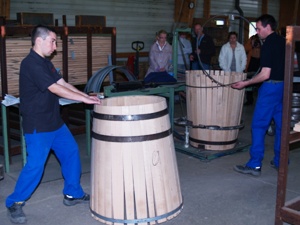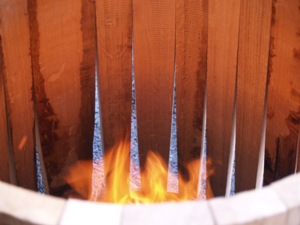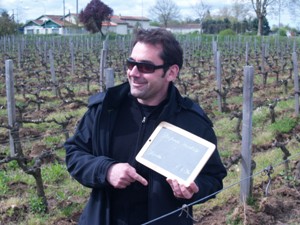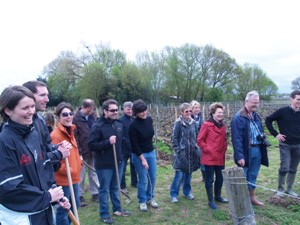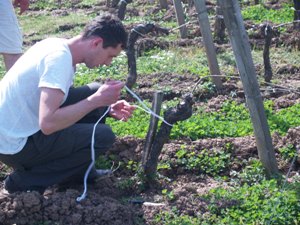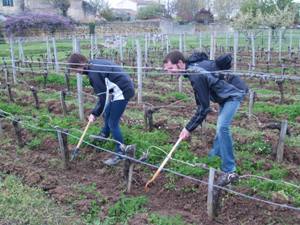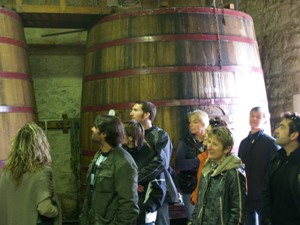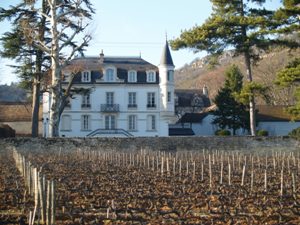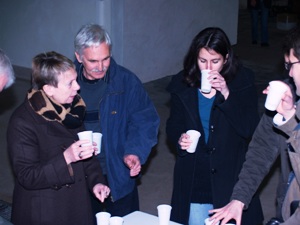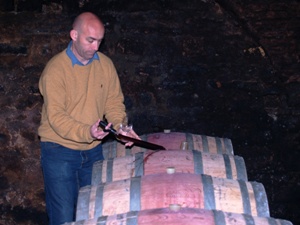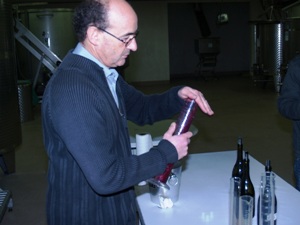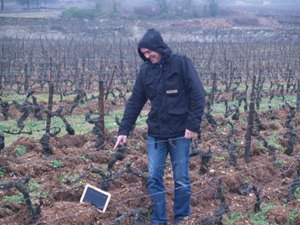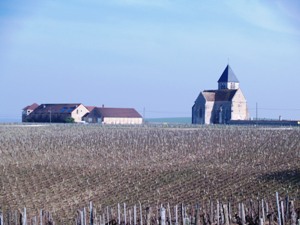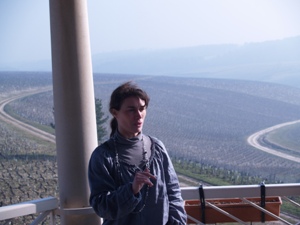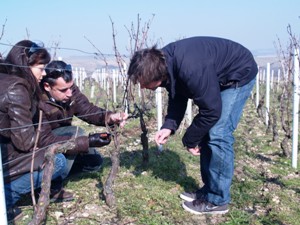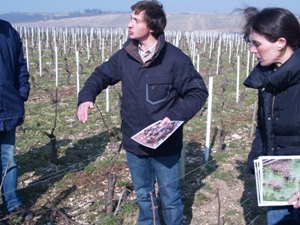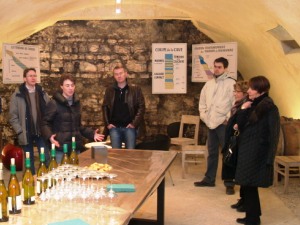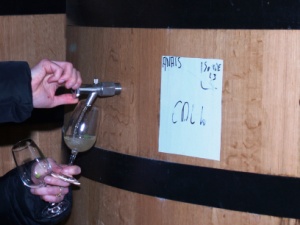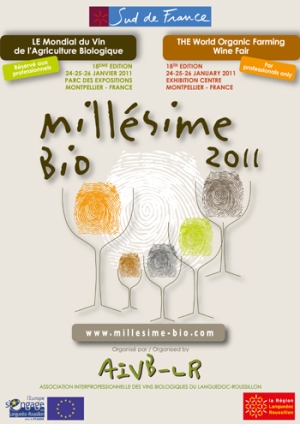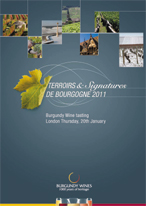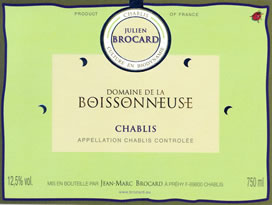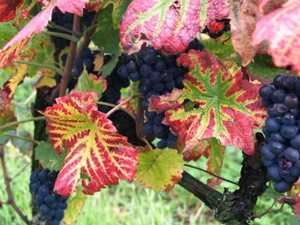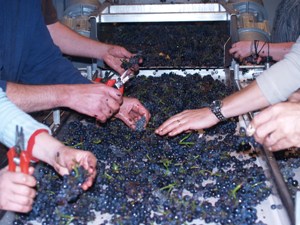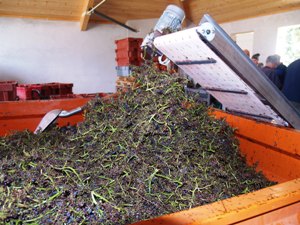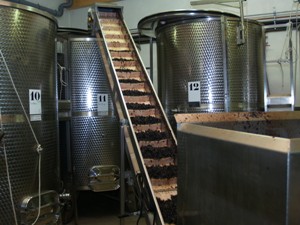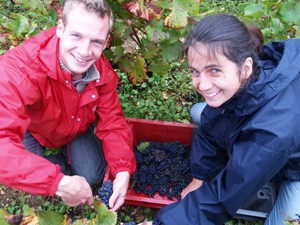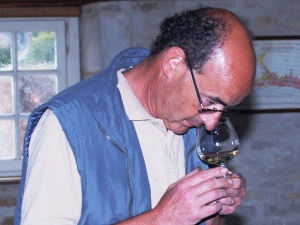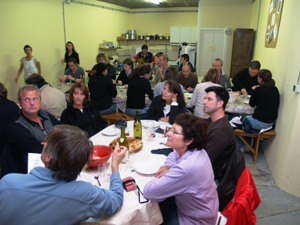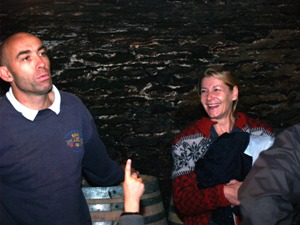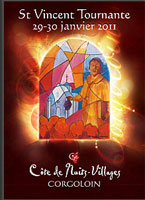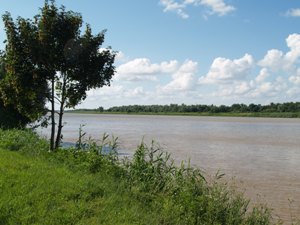We've just spent two glorious sunny days among the Chablis vines with some of the clients of the Gourmet Odyssey Wine Experience. With Céline, Pierre and Yvonnick from Domaine Jean-Marc Brocard at our sides, we spent the day behind the scenes to get an insight into what it's like to be a winemaker!
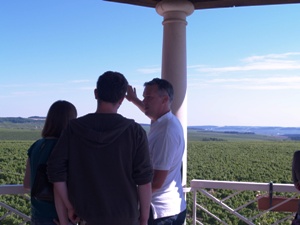
Link to the video
To get a better understanding of the terroir around us, we stepped out onto the terrace which overlooks the vines which encircle the winery. It's an impressive view and the perfect spot to appreciate the difference in vineyard plots that make Petit Chablis, Chablis, Chablis Premier Cru and Chablis Grand Cru wines.
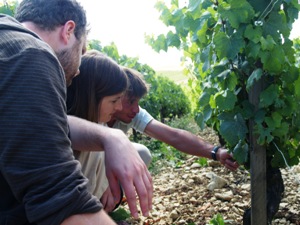
In the vineyard, Yvonnick explained to us all of the key stages in cultivating the vines, from pruning right up until the harvest. As is the custom with our Gourmet Odyssey Wine Experience Days, the winemakers had left us some work to do! To concentrate the energy of the vines in the fruit bearing branches and the grapes, we needed to do some "épamprage", which involves removing unwanted shoots from the vines. These are the shoots that won't bear any fruit this year, and won't be needed when it comes to pruning to generate next year's harvest. The other advantage of épamprage is to improve the flow of air around the grapes to help defend the vines from mildew.
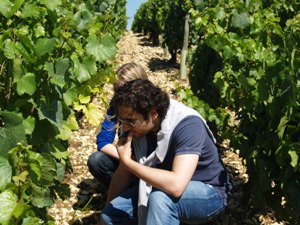
After receiving our instructions from Yvonnick, we spread out among the rows of vines to get stuck in. But we soon found out that épamprage is not quite as easy as it seems!
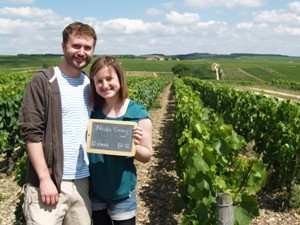
Each Wine Experience client is the adopted owner of some vines in the vineyard. Their vines are identifiable by a name board placed in front of them. Once the hunt for the vines was declared open, we set off to find them and to check that everything was in order!
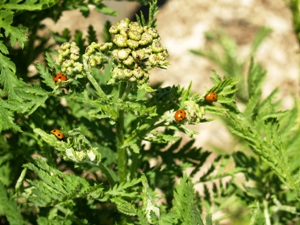
The Boissonneuse vineyard, where the adopted vines are located, was the first plot to be converted to organic and biodynamic cultivation. Yvonnick explained the difference between these two approaches, and showed us some of the plants, found at the end of the vine rows, that are used in making the biodynamic infusions and concoctions that attract unwanted insects away from the vines, or are used to strengthen the vines.
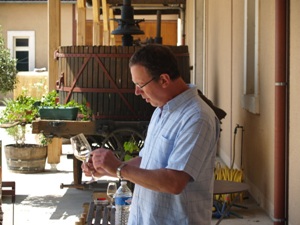
After all our efforts and all the talk about wine, the time finally came to taste some of the wines from Domaine Jean-Marc Brocard. To get a good appreciation of the range of wines, we started the wine tasting with a Petit Chablis Sainte Claire 2010, followed by a Chablis Sainte Claire 2010, before tasting the Boissonneuse 2009, the wine chosen by Gourmet Odyssey. We then moved on to several Chablis Premier Crus and finished with a Chablis Grand Cru Les Preuses 2009.
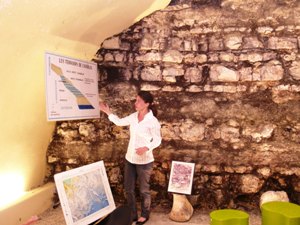
Once we had enjoyed a lunch from the highly acclaimed Chablis charcutier, Marc Colin, we headed down into the cool or the cellar. Here, the Brocard family has left one of the walls exposed so that we can see the layers of limestone and marl which are the source of the distinctive aromas and taste of Chablis wines.
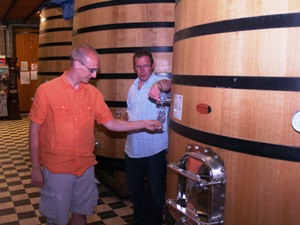
The day finished with a visit to the fermentation hall to see the tanks and oak vats that are used to ferment and age the wines. After a final tasting, straight from the vats, we said our goodbyes, everyone hopefully leaving with a better understanding of the fascinating profession of a winemaker!
Link to the video



